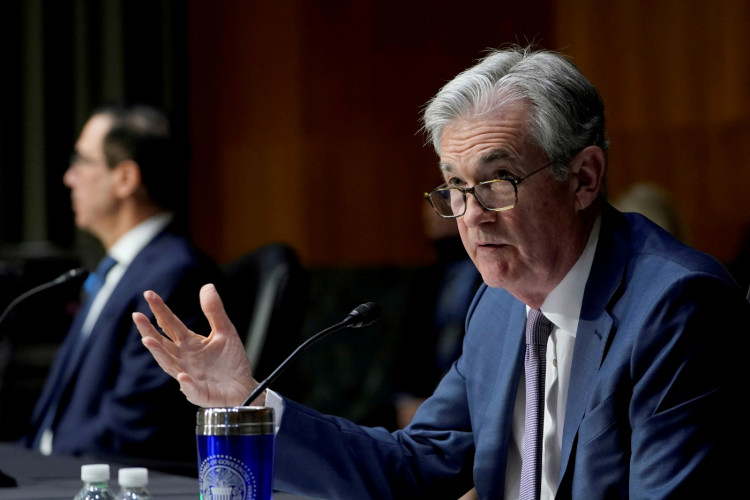As wage growth and inflation continue to decelerate, what action will the U.S. Federal Reserve take next?
On Friday, July 28, Wall Street Journal reporter Nick Timiraos and other journalists suggested that Federal Reserve officials are hoping for a continued slowdown in wage increases and price rises to combat inflation.
According to Timiraos, based on data released by the U.S. government on Friday, signs of economic weakness are emerging in American salaries and price pressures, further indicating that inflation is approaching the Fed's target.
Data from the U.S. Department of Labor revealed that employers' expenditures on wages and benefits in the second quarter of this year increased by 4.5% compared to the same period last year, a slowdown from the 4.8% growth rate in the previous quarter. Moreover, the Employment Cost Index, a closely monitored gauge of wage growth by Federal Reserve officials, marked the smallest quarterly increase in two years. On the same day, the U.S. Department of Commerce data indicated that the U.S. June Personal Consumption Expenditures (PCE) Price Index fell from 3.8% in May to 3% on a year-over-year basis.
Despite the continuous slowing of wages and inflation, the growth rates of these two indicators remain relatively high. Timiraos believes that the growth rates of these two indicators are still exceeding the Fed's expectations. However, he also thinks that these data provide the clearest evidence to date for the Fed and the market:
The long-awaited easing of price pressures is becoming a reality. If this situation persists over the coming months, the Fed is likely to stand pat in September, maintaining the current interest rates at least until the end of the year.
This past Wednesday, the Federal Reserve raised interest rates by 25 basis points to between 5.25% and 5.5%, marking a 22-year high. The current interest rate level is also higher than what Federal Reserve officials anticipated a year ago, as inflation pressures and wage growth were exceeding expectations until recently.
Federal Reserve Chairman Jerome Powell stated after this week's policy meeting that any further rate hikes would depend on whether the slowdown in inflation and economic activity matches officials' predictions:
There have been repeated instances where inflation has outperformed our expectations, but this might change at some point. We must be prepared to monitor the data.
Inflation pressure comes primarily from labor-intensive services, which have seen a significant drop. After the COVID-19 pandemic led to a labor shortage, wages in labor-intensive service industries such as restaurants, hotels, and leisure activities have risen significantly. This is a major factor in why service prices have gone up while commodity prices and housing costs have cooled down.
Consequently, the Fed has been focusing on the prices of labor-intensive services in recent months. The Fed aims to bring the inflation rate back to its 2% target and believes that this category can reveal whether wage pressure in the labor market is being passed onto final consumer prices.
According to media estimates, the inflation rate for this category in June increased by 3.2% year-over-year, significantly down from 3.7% the previous month.
Friday's report showed that the compensation for private-sector service workers in the U.S. increased by 4.5% year-over-year in the second quarter of 2023, which matches the overall wage increase for workers nationwide. However, wages and benefits in the leisure and hospitality industry grew more than the overall labor market.
Restaurant owners in major U.S. cities have said they will continue to raise wages to retain and attract employees. In some places, such as Chicago, wages in the food and beverage industry have increased by 20% to 25% over the past two years, raising the starting pay for new employees by $5 per hour and starting to provide retirement savings plans for these workers.
Whether the labor market is weakening is key to controlling inflation.
Economists view the Employment Cost Index as one of the more comprehensive measures of wage growth. The year-over-year growth rate of the index has consistently been higher than the increase in average hourly earnings, with the index's year-over-year growth rate still reaching 4.4% in June.
Omair Sharif, president of consulting firm Inflation Insights, stated that the overall labor market's continued cooling could give Federal Reserve officials a reason to postpone another rate hike at their mid-September meeting. He said if the labor market continues to weaken, wage growth will slow down further:
This should give people more confidence in the final outcome of controlling inflation.






